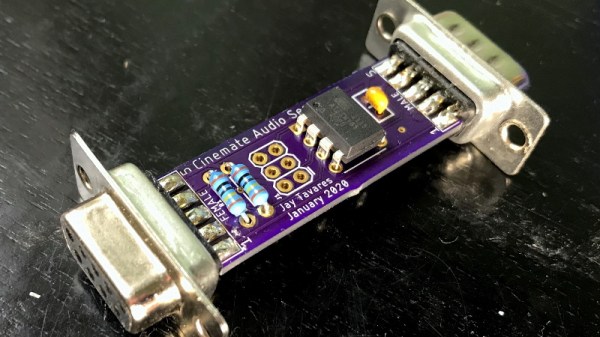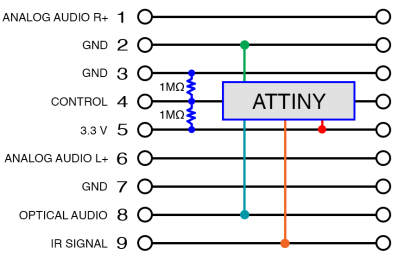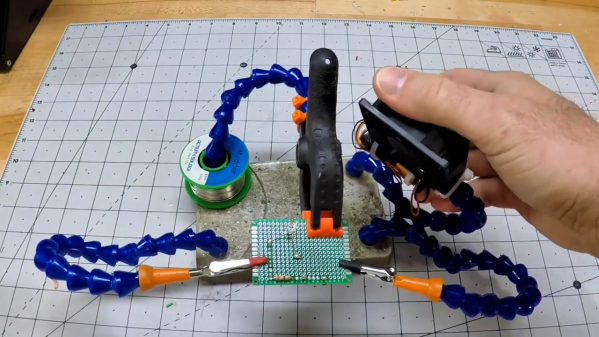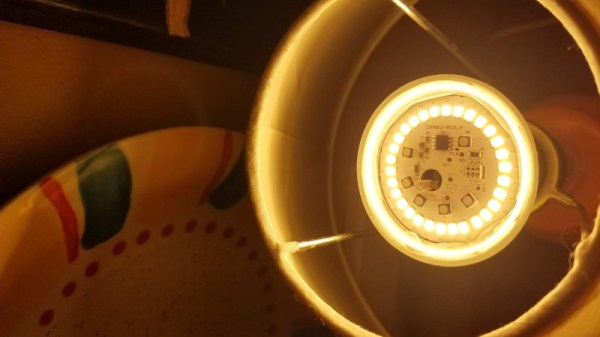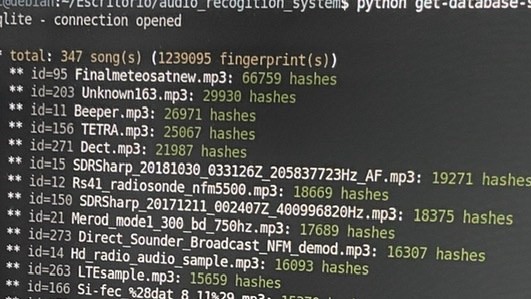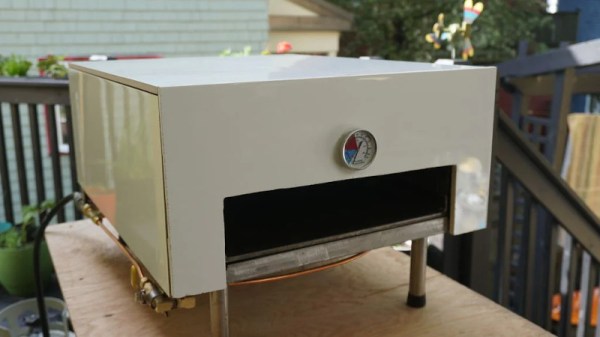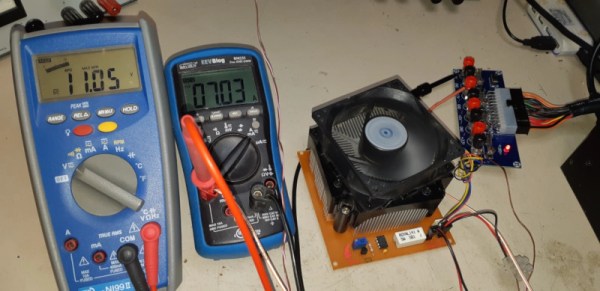So, you’ve decided you want to get into cars. After much research and deliberation, you’ve bought yourself a sweet project car, and can’t wait to get down to work. First things first – it’s time to learn about basic maintenance!
Get It Right For A Good Time
Doing necessary maintenance on time is key to enjoying your project car. Too many gearheads know the pain of a neglected beast that spends more time up on jackstands than out on the road. Buying the right car, and keeping a close eye on what needs to be done, will go a long way to improving your experience and relationship with your ride.
If you’ve just bought a car, no matter how good things look, it’s a good idea to go through things with a fine-tooth comb to make sure everything’s up to scratch. This can avoid expensive damage down the line, and is a great way to get your feet wet if you’re new to working on cars. Here’s a bunch of easy jobs you can tackle as a novice that will keep your ride in tip-top condition. Continue reading “How To Get Into Cars: Basic Maintenance”


